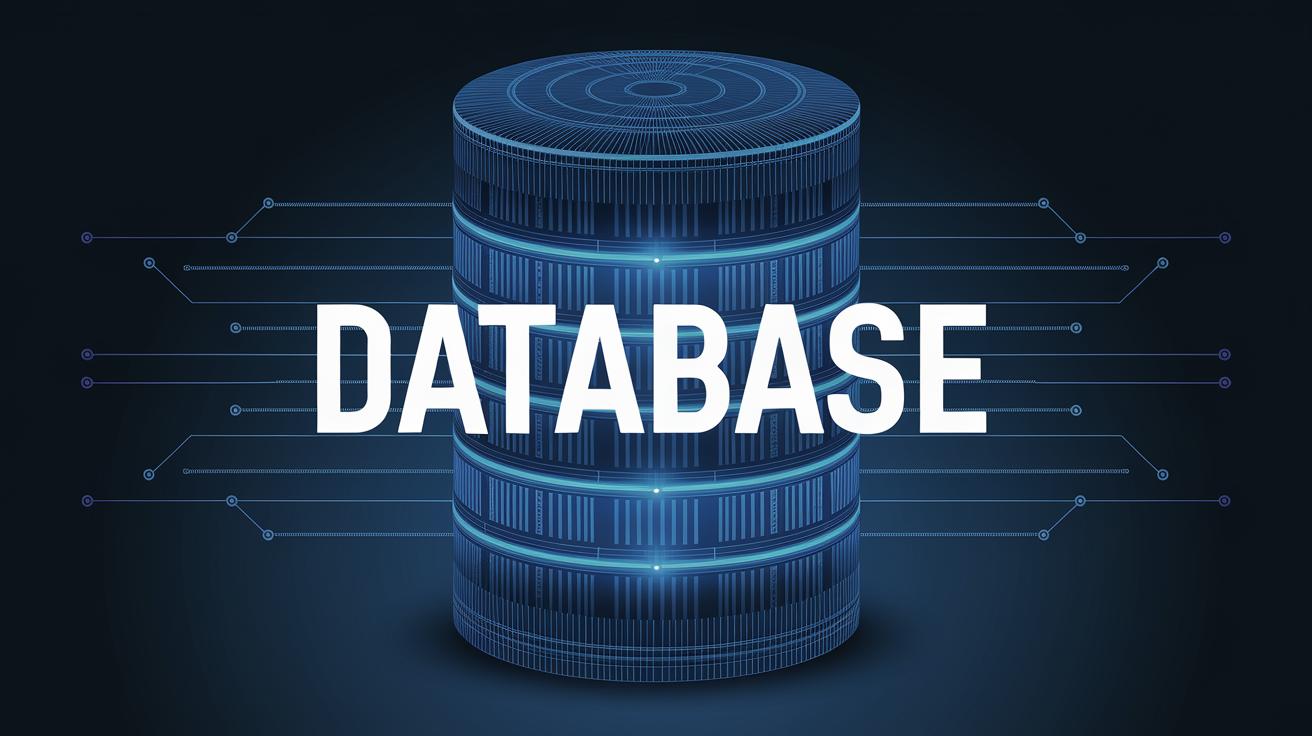Understanding Digital Signatures
In the increasingly digital world, ensuring the authenticity and integrity of electronic messages and documents is paramount. Digital signatures offer a robust solution to this challenge, providing a means to verify the identity of the sender and the integrity of the message. This blog post delves into the essence of digital signatures, exploring what they are, how they work, and the assurances they offer. We will also discuss the roles of signing certificates and certificate authorities within this framework. Finally, we will consider the future prospects and potential growth of digital signatures as technology continues to evolve.
What do you want to do?
As technology continues to evolve, the desire to ensure secure and verifiable online transactions, communications, and document transfers has become increasingly critical. Individuals and businesses alike wish to engage in digital interactions with confidence that the information exchanged is authentic and has not been tampered with. Whether it’s signing a legal contract, verifying the sender of an email, or approving an electronic payment, the objective is to maintain trust and security.
Achieving this level of confidence in digital dealings requires a solution that not only affirms the identities of those involved but also guarantees the integrity of the information being communicated. This is where digital signatures enter the picture. They offer a practical and effective method for ensuring that digital communications are secure and trustworthy, aligning perfectly with the modern world’s needs.
What is a digital signature?
A digital signature is a cryptographic technique used to validate the authenticity and integrity of digital messages or documents. Unlike traditional handwritten signatures, which can be easily forged, digital signatures provide a higher level of security and assurance. They rely on a pair of mathematically related keys – a private key to generate the signature and a public key to verify it.
Fundamentally, a digital signature is created using a cryptographic algorithm that combines the message to be signed with the sender’s private key. The resulting digital string, or signature, is unique to both the message and the signer. The recipient of the message can verify its authenticity by applying the sender’s public key to the signature. If the verification process is successful, it confirms that the message has not been altered since it was signed and that it genuinely comes from the sender.
Digital signatures are widely used in various applications, including email communications, software distribution, and document workflows. They help maintain data integrity, establish authenticity, and enable non-repudiation, meaning the sender cannot deny having sent the message.
Signing certificate and certificate authority
Digital signatures derive their trust from certificates, specifically signing certificates issued by a Certificate Authority (CA). A signing certificate acts like a digital ID card, confirming the identity of the signer. It contains the signer’s public key, the validity period of the certificate, and the digital signature of the issuing CA.
Certificates act as a bridge of trust between parties. When a message is signed, recipients can rely on the sender’s certificate to verify the signature. The CA, as a trusted third-party, vouches for the identity of the certificate holder. For this reason, selecting a reputable and trusted CA to issue certificates is essential to ensure the reliability of the digital signature.
CAs follow stringent policies and procedures for identity verification before issuing certificates. They are central to the Public Key Infrastructure (PKI), which manages keys and certificates, providing the foundation for secure digital communications. Choosing a well-established CA enhances the trustworthiness of digital signatures, making them an effective safeguard against digital threats and fraud.
Digital signature assurances
Digital signatures provide several assurances that enhance the security and reliability of digital communications. The primary assurance is authenticity, which verifies that the message originates from the claimed sender. By using the sender’s public key, recipients can confirm that the signature was created using the associated private key, establishing the sender’s identity.
Another critical assurance is integrity. Digital signatures guarantee that the message was not altered after it was signed. Any changes to the message would invalidate the signature, alerting the recipient to possible tampering. This protection of data integrity is crucial for maintaining trust in digital communications, ensuring that the information remains intact from sender to recipient.
Lastly, digital signatures offer non-repudiation, a legal principle meaning the signer cannot deny having signed the message. This assurance holds significant weight, especially in legal and commercial transactions. By providing proof of the origin and integrity of the message, digital signatures prevent the signer from fraudulently disputing their involvement, thus facilitating trust and accountability in digital interactions.
Future prospects
| Aspect | Description |
|---|---|
| What do you want to do? | Ensure secure, verifiable digital transactions and communications to maintain trust and security. |
| Digital Signature | A cryptographic method to validate the authenticity and integrity of digital messages, using a private and public key pair. |
| Signing Certificate & Certificate Authority | Certificates issued by CAs confirm the signer’s identity, with the CA acting as a trusted third-party within the PKI framework. |
| Digital Signature Assurances | Provide authenticity, integrity, and non-repudiation, ensuring secure and trustworthy digital communications. |


